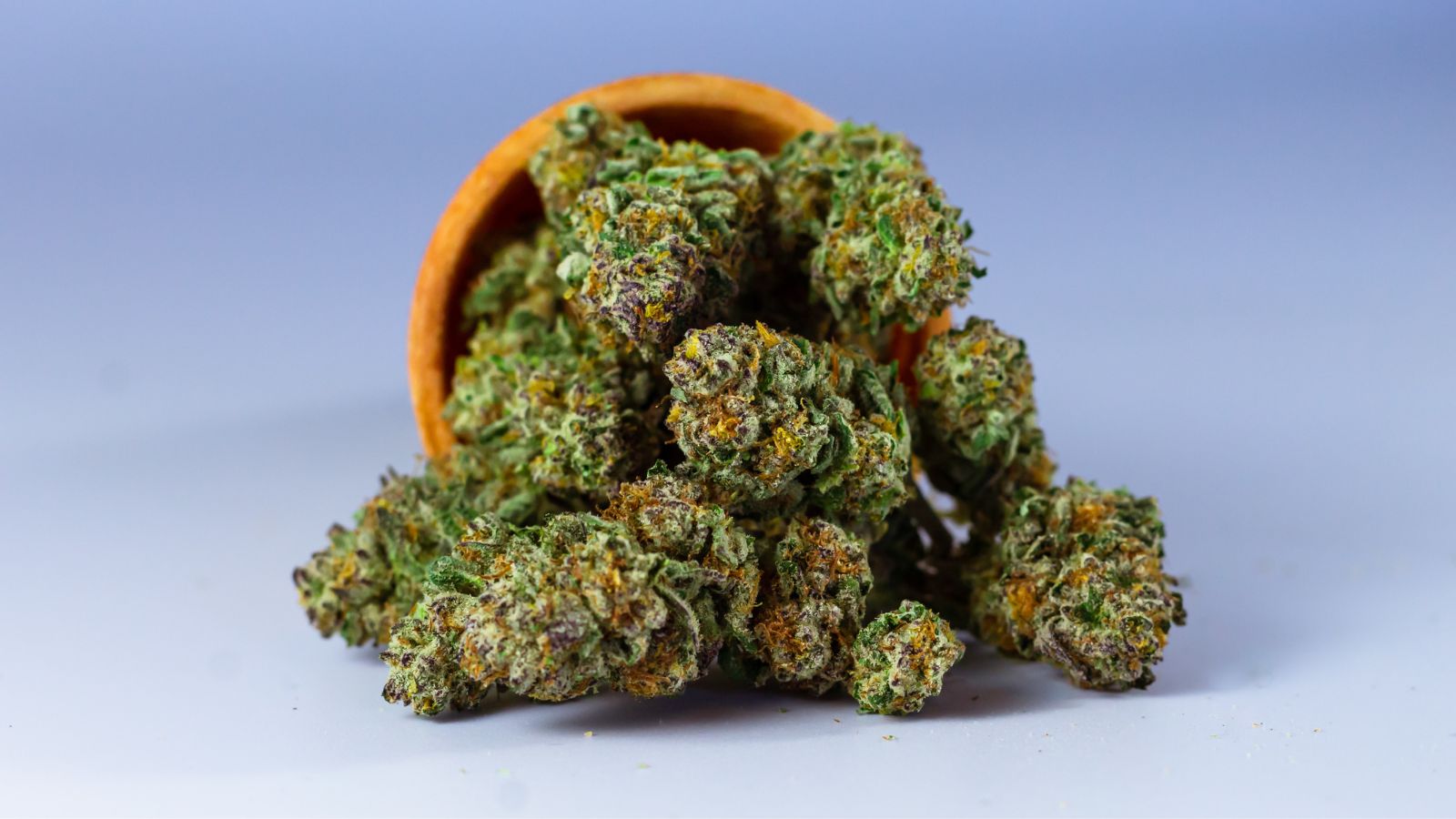Unlike traditional photoperiod cannabis, which can be transplanted multiple times, autoflowers should always be planted directly into their final container.
Why it matters: Autoflowers operate on a fixed internal clock. From the moment they sprout, they have a limited vegetative window—typically just three to four weeks—before they automatically begin to flower. The process of transplanting inevitably causes stress, forcing the plant to pause its growth to recover. For a photoperiod plant, a week of recovery is a minor delay. For an autoflower, this lost time can permanently stunt its size and drastically reduce the final yield.
How to do it: Choose your final pot size before you begin. For most autoflowers, a 3- to 5-gallon (12- to 20-liter) fabric or air pot is ideal. Once your seed has germinated, plant it directly into this container to ensure an uninterrupted and stress-free start.
Use a Light Medium and Feed Cautiously
Autoflowers are sprinters, not marathon runners. Their root systems are smaller and their life cycle is shorter, making them more sensitive to their environment than their photoperiod relatives.
Why it matters: They can be easily overwhelmed by dense, waterlogged soil and heavy nutrient loads. A common mistake is using a nutrient-rich “super soil” or following a feeding schedule designed for larger, hungrier photoperiod plants. This often leads to nutrient burn, which can severely stunt an autoflower during its critical early growth.
How to do it: Start with a light, airy growing medium. A mixture of high-quality coco coir or peat moss amended with 30% perlite provides excellent drainage and aeration. When it comes to nutrients, less is more. Begin feeding with only one-quarter of the manufacturer’s recommended dose, and only after the plant has developed its third set of true leaves.
Set an 18/6 or 20/4 Light Cycle
While autoflowers will flower under almost any light schedule, you can significantly boost your results by giving them ample light throughout their entire life.
Why it matters: Plants use light as energy for photosynthesis to fuel their growth. More hours of quality light per day directly translate into more vigorous growth and a heavier harvest. Since autoflowers don’t require a specific dark period to trigger flowering, you can take full advantage of this.
How to do it: The most popular and effective light schedules for autoflowers are 18 hours of light on and 6 hours off (18/6) or 20 hours on and 4 off (20/4). Set your light timer to one of these schedules from seed to harvest for the best balance of robust growth and energy efficiency.

Stick to Low-Stress Training (LST)
Training your plants is key to maximizing yield, but with autoflowers, you must choose your technique wisely.
Why it matters: High-Stress Training (HST) techniques like “topping” (cutting off the main stem) cause significant trauma and require recovery time. As established, autoflowers simply don’t have the time to recover from this kind of stress without sacrificing size and yield.
How to do it: Low-Stress Training (LST) is the perfect solution. This gentle technique involves carefully bending and tying down stems to create a wider, flatter canopy. This breaks the plant’s natural tendency to grow like a Christmas tree and instead encourages the development of multiple, evenly-sized buds. LST exposes more bud sites to direct light without causing stress, dramatically increasing yield. This is especially effective for turning a classic indica like Granddaddy Purple Autoflower into a highly productive bush. For those new to the technique, excellent guides are available at a reputable seed bank like https://seedsupreme.com/ to walk you through the process.



























































